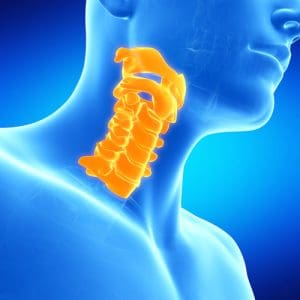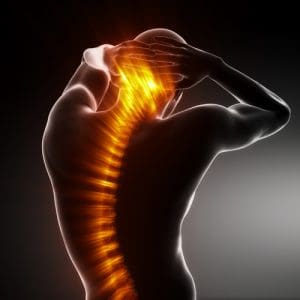 Dr. Michael Janssen is the first author on the longest follow–up paper on IDE for Cervical Total Disc Replacement, titled Seven-Year Follow-up of the Food and Drug Administration Investigational Device Exemption Study of the ProDisc®-C Total Disc Replacement versus Anterior Cervical Discectomy and Fusion for Single Level Symptomatic Cervical Disc Disease. This paper was accepted for publication to the Journal of Bone and Joint Surgery.
Dr. Michael Janssen is the first author on the longest follow–up paper on IDE for Cervical Total Disc Replacement, titled Seven-Year Follow-up of the Food and Drug Administration Investigational Device Exemption Study of the ProDisc®-C Total Disc Replacement versus Anterior Cervical Discectomy and Fusion for Single Level Symptomatic Cervical Disc Disease. This paper was accepted for publication to the Journal of Bone and Joint Surgery.
The Journal of Bone & Joint Surgery (JBJS) has been one of the most valued source of information for orthopaedic surgeons and researchers for over 125 years and is the gold standard in peer-reviewed scientific information in the field. A core journal and essential reading for general as well as specialist orthopaedic surgeons worldwide, The Journal publishes evidence-based research to enhance the quality of care for orthopaedic patients. Standards of excellence and high quality are maintained in everything we do, from the science of the content published to the customer service we provide. JBJS is an independent, non-profit journal.
The International Society for the Advancement of Spine Surgery released a policy statement on lumbar artificial disc replacement surgery.
A panel of physicians selected by ISASS board of directors who have experience with lumbar total disc replacement developed the policy statement based on scientific research about the safety and efficacy of the procedure.
Most large health insurance companies don’t currently provide coverage for the procedure, calling it experimental and investigational. The new policy statement cites the scientific research about the procedure to support performing it with the appropriate patient selection and physician education.
 “In the face of the strong Level I prospective randomized multicenter studies with long-term follow-up, it is inexcusable that treatment guidelines be directed by personal opinions and business-based decisions,” concluded the policy authors. “Treatment guidelines should be based on these tested and proven therapeutic algorithms.”
“In the face of the strong Level I prospective randomized multicenter studies with long-term follow-up, it is inexcusable that treatment guidelines be directed by personal opinions and business-based decisions,” concluded the policy authors. “Treatment guidelines should be based on these tested and proven therapeutic algorithms.”
Here are five takeaways from the policy:
1. Based on the literature, ISASS does not feel lumbar total disc replacement is experimental or investigational; rather it’s been well-tested and could “predictably lead to better outcomes and less complications than fusion surgery.”
2. The organization also found lumbar TDR could have a “protective effect” on adjacent levels.
3. ISASS supports patient authorization guidelines mirroring selection criteria from the IDE studies cited in the policy if the disc were implanted by experienced and well-trained surgeons.
4. Prospective, randomized clinical trials show consistently low reoperation rates and low wear debris complication levels.
5. ISASS recommended universal coverage for single-level TDR in patients meeting selection criteria.
This article originally posted on BeckersSpine.com








